How Much Does a Good Telescope Cost in 2025?
Last Updated on
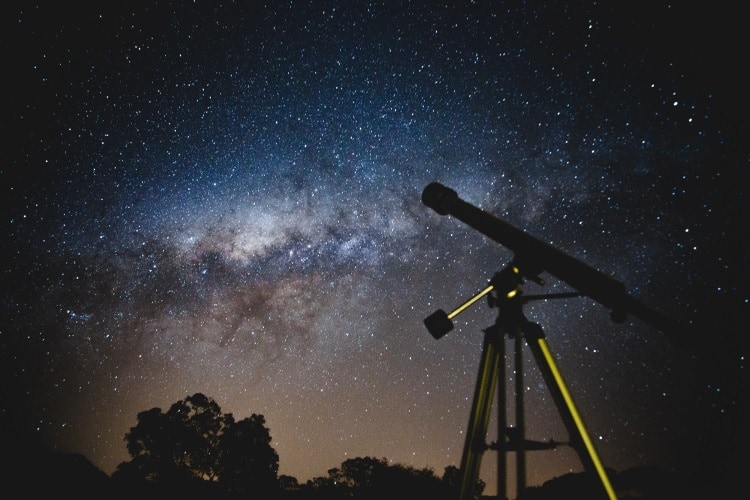
Since their popularization by Galileo in the early 1600s, telescopes have been a constant object of fascination for people around the world. Now, thanks to technological advancements and more efficient manufacturing processes, buying a telescope for at-home use doesn’t have to break the bank.
Just how much does a good telescope cost? The short answer is it depends on what you expect out of your telescope – and what sort of activity you intend to use it for. In this guide to finding a telescope that’s well within your budget, we’ll take a closer look at everything from a simple refracting telescope under $200, to a complex catadioptric telescope with a $500+ price tag.

Good vs Bad Telescope: What’s the Difference?
To find a good telescope at the best price possible, it helps to know what a bad telescope is so you can avoid purchasing one. The best news? There are genuinely excellent telescopes available at any price range, from the 8th-grade science fair budget to semi-pro astronomy budgets.
Poor-quality telescopes can appear nearly identical to higher-quality scopes on a surface level, but a small amount of research will clue you into their flaws. Instead of searching for the most high-powered telescope, it’s important to find one that offers the best image clarity with durable construction and a stable mount. Poorly made scopes will shift and jostle while you’re using them, producing blurry or grainy images.
Instead, look for the following attributes that all good telescopes share:
- The aperture should measure at least 70mm. Larger apertures will allow you to see finer detail and fainter objects at great distances, but 70mm is an excellent starting point.
- The construction and design of the mount are especially important, as telescopes require much greater stability to produce a clear image than a standard camera does.
- It will come with multiple eyepieces or lenses, allowing you to customize the distance and focus that you’re observing.

Types of Consumer Telescopes
Telescopes designed for at-home use come in three main styles:
- Refracting telescopes use the same technology as binoculars and zoom lenses on cameras and are the oldest and most common telescope design. They’ve largely been replaced by reflecting telescopes for research purposes but make for excellent budget-friendly home use scopes. Expect to pay anywhere from $100 for a basic model, to $1,000 or more for more advanced technologies.
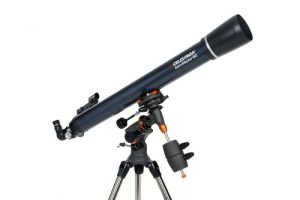
- Reflecting telescopes are built on Isaac Newton’s improvement to the refracting telescope and are the standard research telescope in professional astronomy. A basic home use reflecting telescope will cost anywhere from $250 to $1,500.
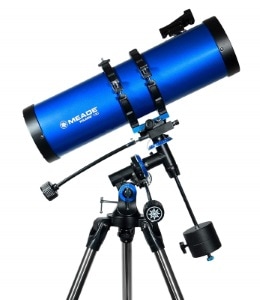
- Catadioptric telescopes use a combination of lenses and mirrors to form an image with a precise degree of error correction, allowing for extremely accurate image collection. At the bottom of their price range, you can expect to pay $500 or more for a beginner’s model; more powerful scopes can cost well in excess of $2,000.
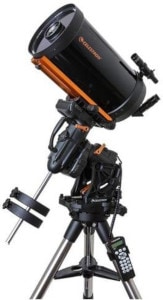
Entry Level Telescopes
For a complete beginner or a child with an interest in astronomy, a simple refracting telescope will provide plenty of opportunities for stargazing. The Gskyer Refracting Telescope offers a user-friendly introduction to telescopes, with a 70mm aperture and two replaceable eyepieces as well as a fairly sturdy aluminum tripod.
At right around $200, the Gskyer is a safe investment that’s backed with a lifetime maintenance guarantee that makes it great for first-timers.
- Superior Optics: 400mm(f/5.7) focal length and 70mm aperture, fully coated optics glass lens with...
- Magnification: Come with two replaceable eyepieces and one 3x Barlow lens.3x Barlow lens trebles the...
Intermediate Telescopes
Taking a step up from telescopes for complete beginners, you’ll be able to afford a reflector-style telescope with a much more robust and stable base. Celestron’s AstroMaster 130EQ comes in at around $300 and boasts an impressive 130mm aperture and two eyepieces.
The equatorial mount tripod features slow-motion controls and much heavier construction than beginner models, allowing for precise observation and plotting of stars.
- POWERFUL TELESCOPE FOR ASTRONOMY BEGINNERS: The AstroMaster 130EQ delivers sharp optics, a stable...
- HIGH-QUALITY 130MM OPTICS: Enjoy views through the 130mm (5”) Newtonian reflector, which features...
Advanced Telescopes
Move into the higher end of the price range for consumer telescopes, and you’ll be able to afford a catadioptric telescope with computerized controls for precise celestial navigation. Celestron’s NexStar 127SLT fits the bill perfectly without completely draining your wallet, costing just over $500 and allowing for incredible viewing opportunities.
With its database of celestial locations, the NexStar 127SLT can pinpoint more than 40,000 objects in the night sky. It’s powerful enough to allow for clear viewing of Saturn’s rings or a bright and highly detailed view of the moon.
- COMPUTERIZED STAR LOCATING TELESCOPE: The Celestron NexStar 127SLT offers a database of more than...
- MAKSUTOV-CASSEGRAIN OPTICAL DESIGN: With a large, 127mm aperture, the NexStar 127SLT can gather...
Best Value Telescopes
Anyone who’s still on the fence about astronomy and telescopes would do well to check out the Celestron Travel Scope, a refracting telescope available for under $100. Lightweight and easy to carry in the included travel bag, it’s an incredibly affordable way to get started observing the stars with its 70mm objective lens.
- BRIGHT, SHARP VIEWS ANYWHERE: Unlike many beginner telescopes, this quality refractor features fully...
- PERFECT FIRST TELESCOPE FOR BEGINNERS: Designed for adults and kids to enjoy together, this...
Telescopes for Science and Astronomy
In the time since their original development for use in observing stars, the telescope has become a constant companion of scientists and researchers. While optical telescopes are still the most widely used for scientific observations, other styles have been developed to capture more elusive forms of electromagnetic radiation, further shedding light on the workings of our solar system.
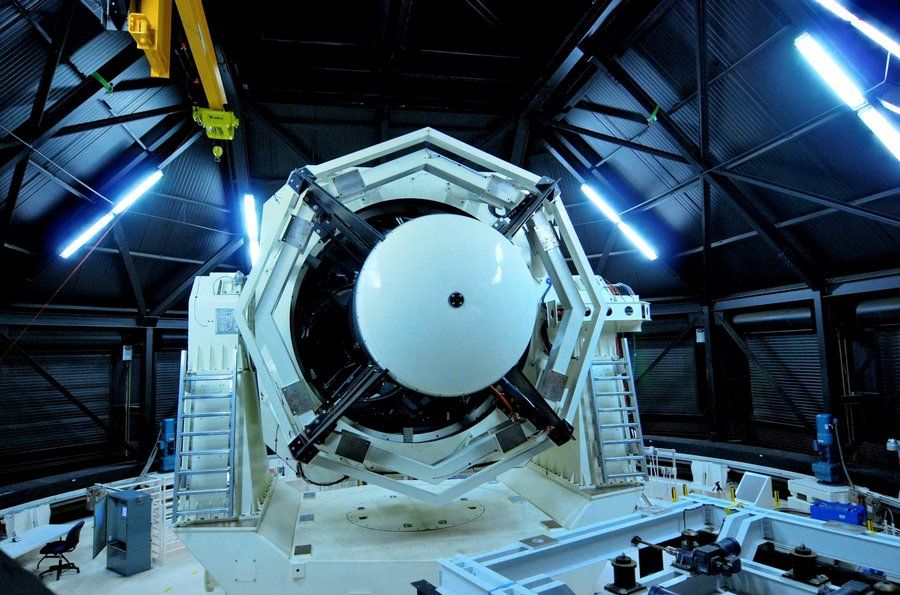
Telescopes built specifically for researching radio waves, gamma radiation, neutrinos, and more incredibly specialized and often one-of-a-kind. Prices can easily range into the millions or hundreds of millions of dollars, with the most expensive telescopes reaching even further beyond that.
The Most Expensive Telescope in the World
The United States takes the prize for the most expensive telescope. The James Webb Space Telescope, launched in 2021, was built to be the Hubble Space Telescope’s successor.
Clocking in at a jaw-dropping $8.8 billion, its gold-coated mirrors are able to collect seven times more light than the Hubble and will be able to reveal the universe as it existed 13 million years ago.
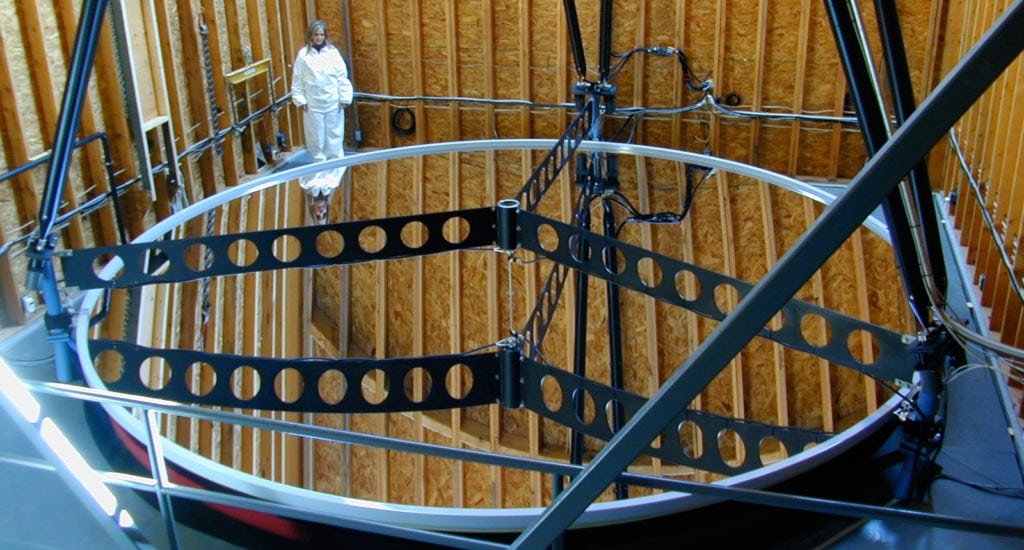
Overall, the JWST is 10 times stronger than Hubble and took 20 years to build. You can follow its progress and projected launch by visiting NASA online: www.jwst.nasa.gov.

Conclusion
For an entry-level telescope, you’re best off looking towards a refracting telescope with a 70mm lens, like the Gskyer Refracting Telescope. At right around $200, it’s a relatively affordable way to enter the field of astronomy, and we appreciate that it’s backed by a lifetime maintenance guarantee to protect your initial investment.
Celestron’s Astromaster 130EQ, available for around $300, is a smart upgrade for anyone who wants to start with a more powerful reflecting telescope. The Astromaster’s tripod base and fine-tuning knobs give it the capability of producing much clearer images than a beginner’s telescope.
For a significant monetary investment, the NexStar 127SLT from Celestron opens up the world of catadioptric and computerized telescopes. Producing incredibly precise and clear images using its database of celestial locations, it’s a surefire way to up your amateur astronomy game. At over $500, its sizable price tag is justified by uncompromising quality.
Last but not least, Celestron’s Travel Scope offers an incredibly budget-friendly way to get someone started on their astronomical journey. At under $100, it’s amazing that Celestron can still offer a 70mm lens – just enough power for a beginner to get their feet wet in the stargazing field.
About the Author Robert Sparks
Robert’s obsession with all things optical started early in life, when his optician father would bring home prototypes for Robert to play with. Nowadays, Robert is dedicated to helping others find the right optics for their needs. His hobbies include astronomy, astrophysics, and model building. Originally from Newark, NJ, he resides in Santa Fe, New Mexico, where the nighttime skies are filled with glittering stars.
Related Articles:
How to Clean a Refractor Telescope: Step-by-Step Guide
How to Clean a Telescope Eyepiece: Step-by-Step Guide
How to Clean a Rifle Scope: 8 Expert Tips
Monocular vs Telescope: Differences Explained (With Pictures)
What Is a Monocular Used For? 8 Common Functions
How to Clean a Telescope Mirror: 8 Expert Tips
Brightfield vs Phase Contrast Microscopy: The Differences Explained
SkyCamHD Drone Review: Pros, Cons, FAQ, & Verdict




